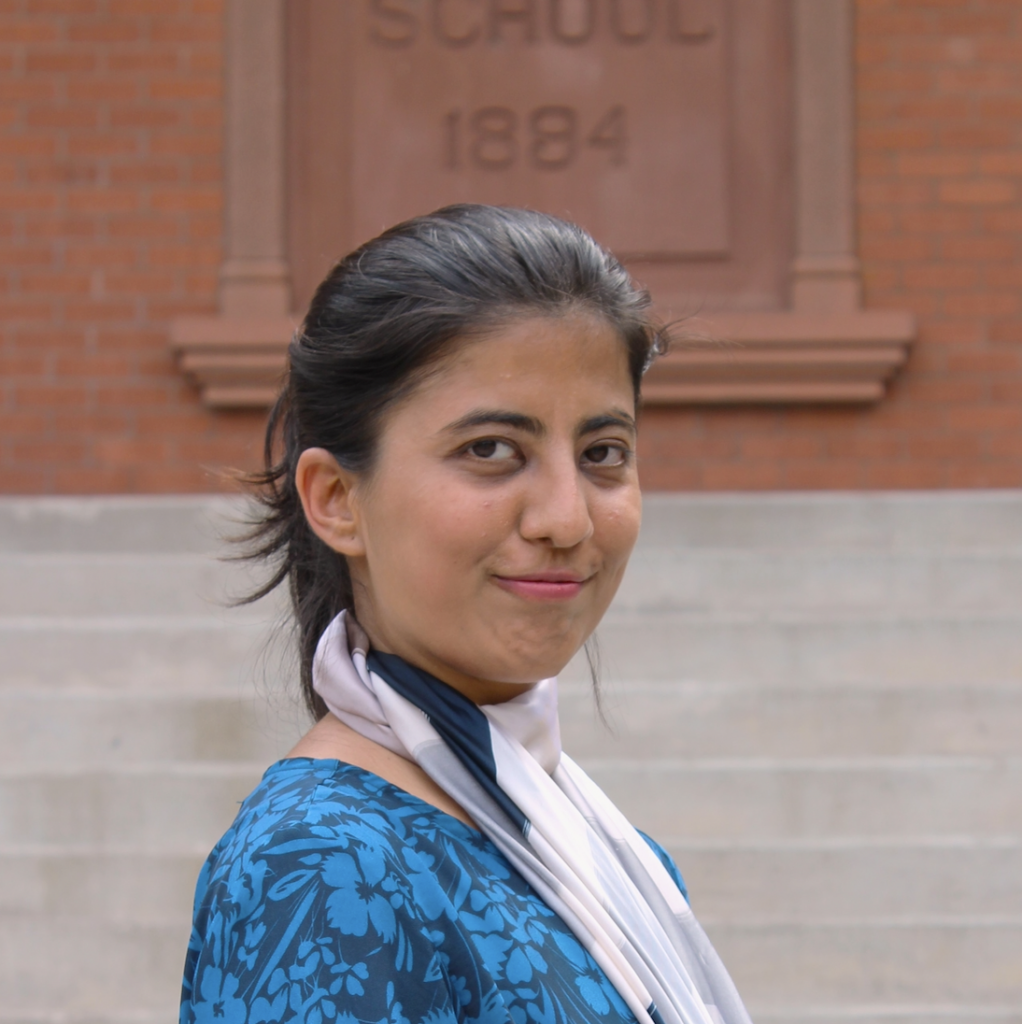Barira Rashid, a PhD candidate and graduate research assistant at the University of Arkansas, has been named the 2024 recipient of the GeoScienceWorld (GSW) Diversity and Representation Award, a new annual scholarship program for graduate students in the geosciences. Her winning essay was recently published in GSW’s OA journal, Lithosphere.

Congratulations on winning the award! Can you describe your early experiences and influences that led you to pursue a career in Earth Sciences? What challenges did you face?
My earliest experiences in Earth Sciences can be traced back to my father’s influence. As a civil engineer turned navigation and QC consultant in the petroleum industry, he introduced me to a fascinating array of scientific equipment at a young age. It was during my fourth grade that he first captivated me with the wonders of GPS and compasses, igniting my curiosity about the Earth and its systems.
Growing up in Pakistan, pursuing a career in earth sciences was filled with societal challenges. The field is traditionally male-dominated, making it difficult to navigate academic paths and secure a professional job. However, with unwavering support from my family, I was determined to overcome these obstacles. To address the limited hands-on opportunities available in Pakistan, I sought out professional societies that could provide valuable experiences.
How did you become interested in Geographic Information Systems (GIS), and what motivated you to pursue further education in the United States?
My initial exposure to Geographic Information Systems (GIS) came unexpectedly when my father decided to pursue a Master’s degree in Remote Sensing & GIS. Later, during my undergraduate program, I was captivated by the intriguing world of mapping and the hidden insights that could be extracted from these technologies.
My decision to pursue further education in the United States was influenced by an alumnus of my university who spoke highly of the advancements in GIS and remote sensing research being made there. This guidance led me to enroll at Arizona State University, where I’ve been immersed in a vibrant research environment.
Can you share details about your work with NASA and Esri? What inspired your current research?
One of the most exciting projects I worked on was with the NASA DEVELOP program, a 10-week capacity-building program where I applied GIS to real-world environmental challenges. We used Earth observation satellite data to develop an automated method for detecting aquatic vegetation.
I also had the wonderful chance to volunteer as a student assistant at Esri’s User Conference and Developer Summit. It was an incredible experience to see firsthand the level of engagement and excitement that the company fosters among its users.
My current research focuses on phosphorus point source pollution and its implications for marginalized communities. This passion was ignited while working on the LTER project with my advisor, Becca Muenich, who introduced me to the Science and Technologies for Phosphorus Sustainability Center. I was immediately drawn to the theme of environmental sustainability and management.
How have mentors influenced your journey, and how are you giving back to the community?
I’m incredibly grateful for the mentors who have shaped my academic and professional journey. Two mentors in particular, Stephanie Deitrick and Becca Muenich, had a profound impact on my career trajectory. They provided me with opportunities to work on research projects, attend conferences, and network with professionals in the field.
Now, I’m passionate about giving back to the community and promoting diversity in STEM. I’m currently mentoring three master’s students in Pakistan, offering technical guidance and support. I’m also actively involved with organizations like Women in GIS, the Society of Women Engineers, and the Earth Science Women Network. These organizations have been instrumental in fostering a supportive community for women in the field.
What are your long-term career aspirations, and how do you envision promoting equity and sustainability in Earth Sciences?
My long-term career aspiration is to establish a research laboratory that fosters interdisciplinary collaboration and social impact. I envision a space where scientists from diverse backgrounds can come together to address complex environmental challenges through a lens of sustainability and environmental justice.
Promoting equity, sustainability, and social justice in the Earth Sciences is a personal passion of mine. I believe that these values are essential for addressing the complex environmental challenges we face today. I will continue to advocate for women’s involvement in STEM fields and create a more inclusive environment by mentoring underrepresented students, supporting diversity initiatives, and challenging biases and stereotypes.
The global community plays a crucial role in achieving diversity and inclusion in Earth Sciences. We must challenge stereotypes, break down barriers, and create a welcoming and supportive environment for all. By encouraging the exchange of ideas, resources, and opportunities across borders, we can create a more diverse and inclusive scientific community that better reflects the diversity of our planet.
